Do you have a dysfunctional liver?
Liver disease and dysfunction is very common all over the world and there are millions of people with liver disease, with thousands waiting for liver transplants. Unfortunately there are not nearly enough donor livers to meet the ever-increasing demand and so more than ever the message is that we need to take care of our liver from an early age. Thankfully nutritional medicine has been able to give many people with liver disease, from hepatitis B and C, to auto-immune disease, a healthy normally functioning liver. It is never too late, as the liver has remarkable powers of healing and regeneration.
The liver is the largest organ in the body and has many vital functions. It is between 21 – 22.5 cm in its greatest transverse diameter, 15 – 17.5cm in its greatest vertical height and 10 – 12.5 cm in its anteroposterior depth, weighing 1200 – 1600 gms.
What are the functions of the liver?
- It is responsible for the production of bile, which is stored in the gallbladder and released when required for the digestion of fats.
- The liver stores glucose in the form of glycogen, which is converted back to glucose again when needed for energy.
- It also plays an important role in the metabolism of protein and fats. It stores the vitamins A, D, K, B12 and folate and synthesises clotting factors.
- Another important role is as a detoxifier, breaking down or transforming substances like ammonia, metabolic waste, drugs, alcohol and chemicals, so that they can be excreted.
Chronic liver disease passes through a long period of minimal vague symptoms until the final stages of jaundice and mental confusion appear.
A number of diseases can affect the liver, such as acute and chronic hepatitis, cirrhosis and tumours. The underlying causes of these disease states include viral infections like hepatitis A, B and C, alcohol, drugs, metabolic disorders and immunological factors.
Symptoms associated with Liver Dysfunction
Abnormal Metabolism of Fats
- Abnormalities in the level of fats in the blood stream, for example, elevated LDL cholesterol and reduced HDL cholesterol and elevated triglycerides.
- Arteries blocked with fat, leading to high blood pressure, heart attacks and strokes.
- Build up of fat in other body organs (fatty degeneration of organs).
- Lumps of fat in the skin (lipomas and other fatty tumours).
- Excessive weight gain, which may lead to obesity.
- Inability to lose weight even while dieting.
- Sluggish metabolism.
- Protuberant abdomen (pot belly).
- Cellulite.
- Fatty liver.
- Roll of fat around the upper abdomen – (liver roll).
Digestive Problems
- Indigestion.
- Reflux.
- Haemorrhoids.
- Gall stones and gall bladder disease.
- Intolerance to fatty foods.
- Intolerance to alcohol.
- Nausea and vomiting attacks.
- Abdominal bloating.
- Constipation.
- Irritable bowel syndrome.
- Pain over the liver – (upper right corner of abdomen & lower right rib cage).
Blood Sugar Problems
- Craving for sugar.
- Hypoglycaemia and unstable blood sugar levels.
- Mature onset diabetes (Type 2) is common in those with a fatty liver.
Nervous System
- Depression.
- Mood changes such as anger and irritability.
- Metaphysically the liver is known as the “seat of anger”.
- Poor concentration and “foggy brain”.
- Overheating of the body, especially the face and torso.
- Recurrent headaches (including migraine) associated with nausea.
Immune Dysfunction
- Allergies – sinus, hay fever, asthma, dermatitis, hives, etc.
- Multiple food and chemical sensitivities.
- Skin rashes and inflammations.
- Increased risk of autoimmune diseases.
- Chronic Fatigue Syndrome.
- Fibromyalgia.
- Increase in recurrent viral, bacterial and parasitic infections.
External Signs
- Coated tongue. Bad breath. Skin rashes. Itchy skin (pruritus). Excessive sweating.
- Offensive body odour. Dark circles under the eyes. Yellow discolouration of the eyes.
- Red swollen itchy eyes (allergic eyes). Acne rosacea – (red pimples around the nose, cheeks and chin). Brownish spots and blemishes on the skin (liver spots).
- Red palms and soles which may also be itchy and inflamed. Flushed facial appearance or excessive facial blood vessels (capillaries/ veins).
Hormonal Imbalance
- Intolerance to hormone replacement therapy or the contraceptive pill (eg. side effects).
- Menopausal symptoms such as hot flushes may be more severe.
- Premenstrual syndrome may be more severe.
General Recommendations
- Avoid tobacco, alcohol, exposure to chemicals and pesticides and drugs including paracetamol, the contraceptive pill and oral oestrogens.
- For women with liver disease oestrogen patches are a safer way to take hormone replacement therapy.
Diet
- Include often – Legumes, nuts and seeds, fruits and vegetables, beetroot, artichoke, carrots, turmeric, lecithin. Indeed, 40 percent of the diet should consist of raw fruits and vegetables with an emphasis on green leafy vegetables.
- Drink eight glasses of water daily. Purified water with lemon is also excellent. Avoid – all processed and refined foods, refined sugars, fried foods, ‘junk’ foods, coffee, tea and soft drinks. Avoid over eating; eat small regular meals.
- Limit dairy products – Opt for unsweetened soy, oat, rice, almond or coconut types of milk.
- Avoid ALL margarines and similar type spreads manufactured from hydrogenated damaged fats
- Avoid deep fried and processed foods.
- Raw juicing – Fresh juices are a great source of antioxidants that benefit liver health. As a general rule, juices should be about 80% vegetables and 20% fruit.
- Choose free range/organic chicken, turkey and eggs.
- Avoid artificial sweeteners see www.dorway.com
The Liver Cleansing Diet
The Liver Cleansing Diet is an 8-week eating plan that gives you plenty of variety and well balanced, nutritious meals.
The liver is the major fat burning organ in your body. Following this diet, your metabolism will improve rapidly and you will start to burn fat. Then the process of weight loss begins naturally and without great effort from you. Conversely, if you eat the wrong foods, your liver will manufacture more fat so that you become a fat storer.
Many fad diets come and go and indeed may be dangerous or make you miserable because they are far too restrictive and difficult to follow. In contrast the Liver Cleansing Diet is easy and safe and is really a form of awareness or consciousness, which will give you the key to a strong immune system and healthy blood vessels.
Furthermore the Liver Cleansing Diet is not a ” kill joy” diet which only goodie goodies can follow. After the 8-week cleansing, you may continue to enjoy nice wines and spirits and if you desire lean fresh red meats in moderation.
If you don’t want to follow the 8-week plan, then that’s O.K. too, simply follow the vital principles for a healthy liver (see chapter 5 of the Liver Cleansing Diet book and pick and choose recipes and foods that you enjoy.
There are hundreds of delicious and easy recipes for soups, salads, dressings, sauces, dips, main courses and desserts and much more- there is so much variety you will never be bored or hungry!
If you follow The Liver Cleansing Diet your metabolism will improve in leaps and bounds.
The Liver Cleansing Diet gives you a method of combining food for efficient metabolism, weight control and repair of the liver. Then the process of weight loss begins naturally and without great effort from you. Conversely if you eat the wrong foods your liver will manufacture more fat so that you become a fat storer.
Raw Juicing
I have known about the incredible healing power of raw juices from a very young age. My grandmother’s life was saved by raw juicing back in the 1930s.
Raw juices are an incredibly powerful healing tool and can improve the function of the liver, bowels and kidneys. This increases the elimination of toxins and waste products from the skin. Appropriate juice recipes can be found in Raw Juices Can Save Your Life.
The Dr Cabot 15 Day Cleanse
I have developed a Cleanse program that targets the liver, the gut and the immune system for a total body cleanse. These three aspects are the key pillars to good health. The program includes three powders to take daily, along side a healthy menu plan with recipes that are designed to support maximum cleansing. You can purchase your Dr Cabot Cleanse here.


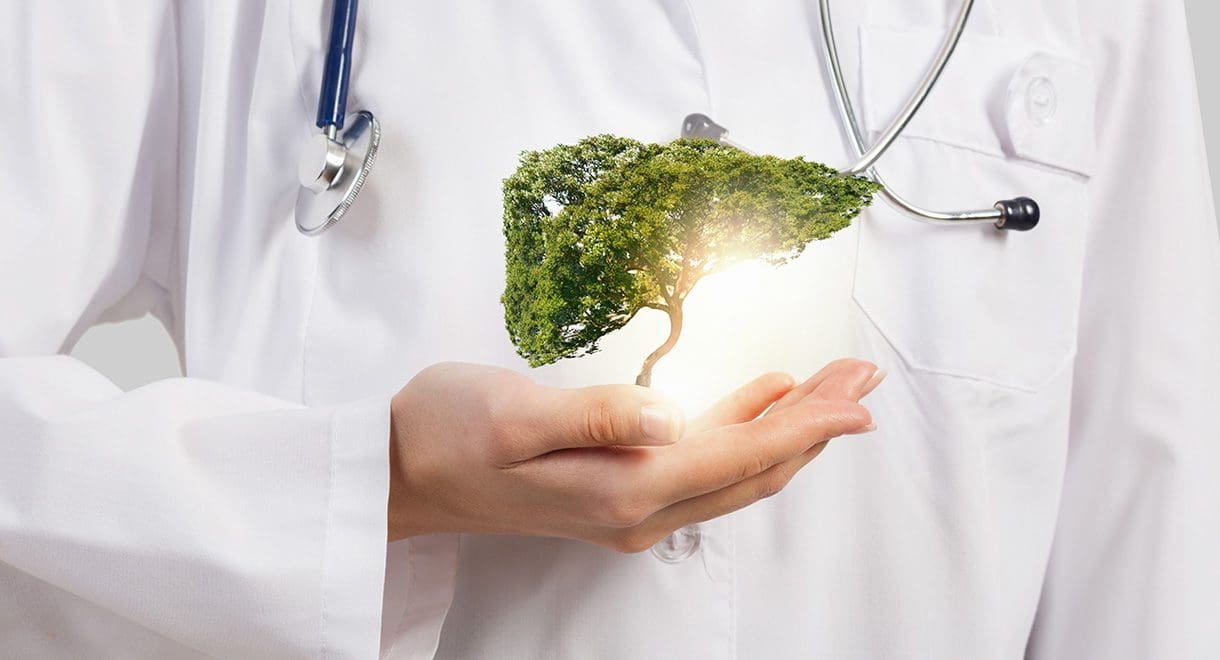

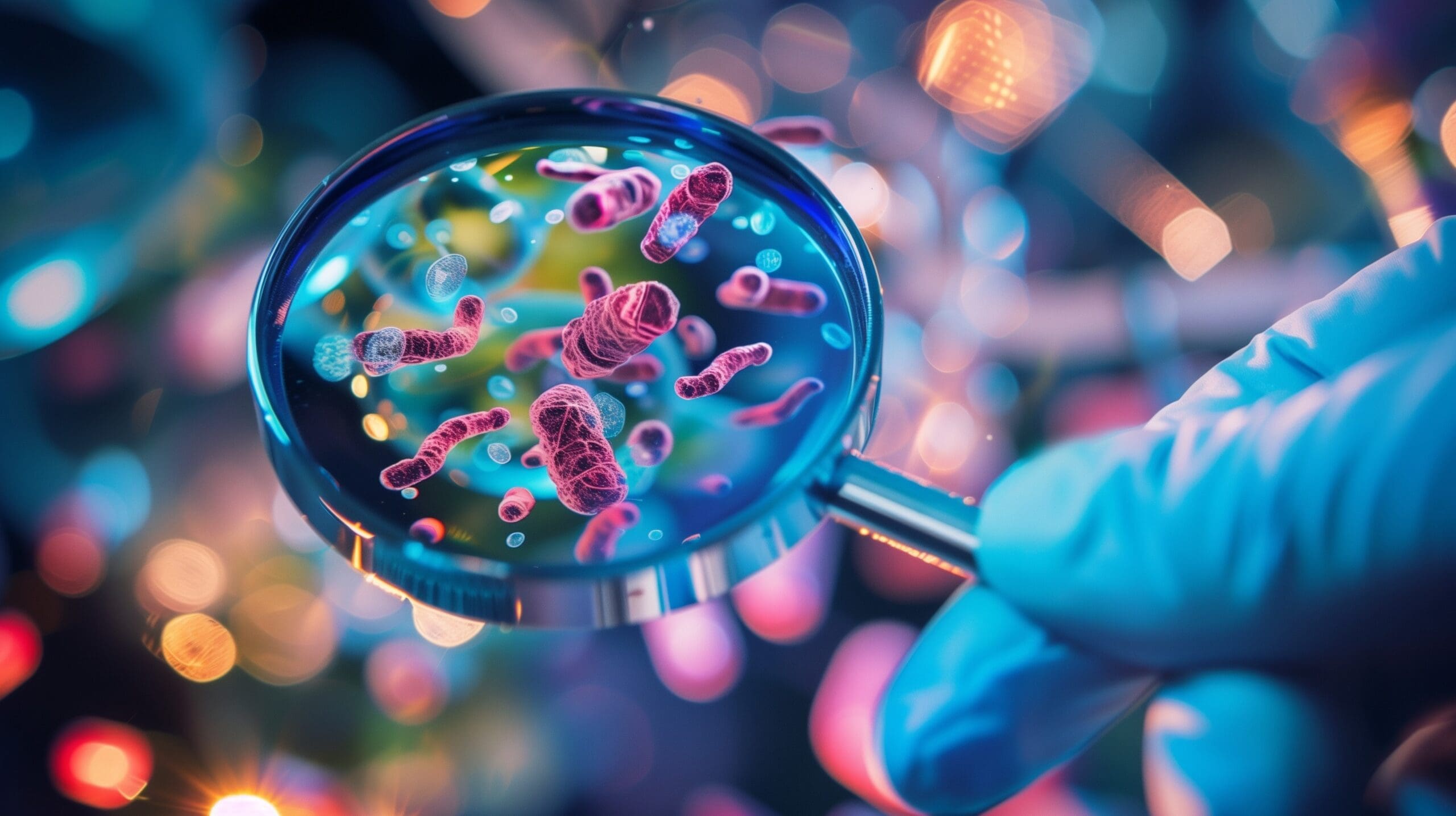
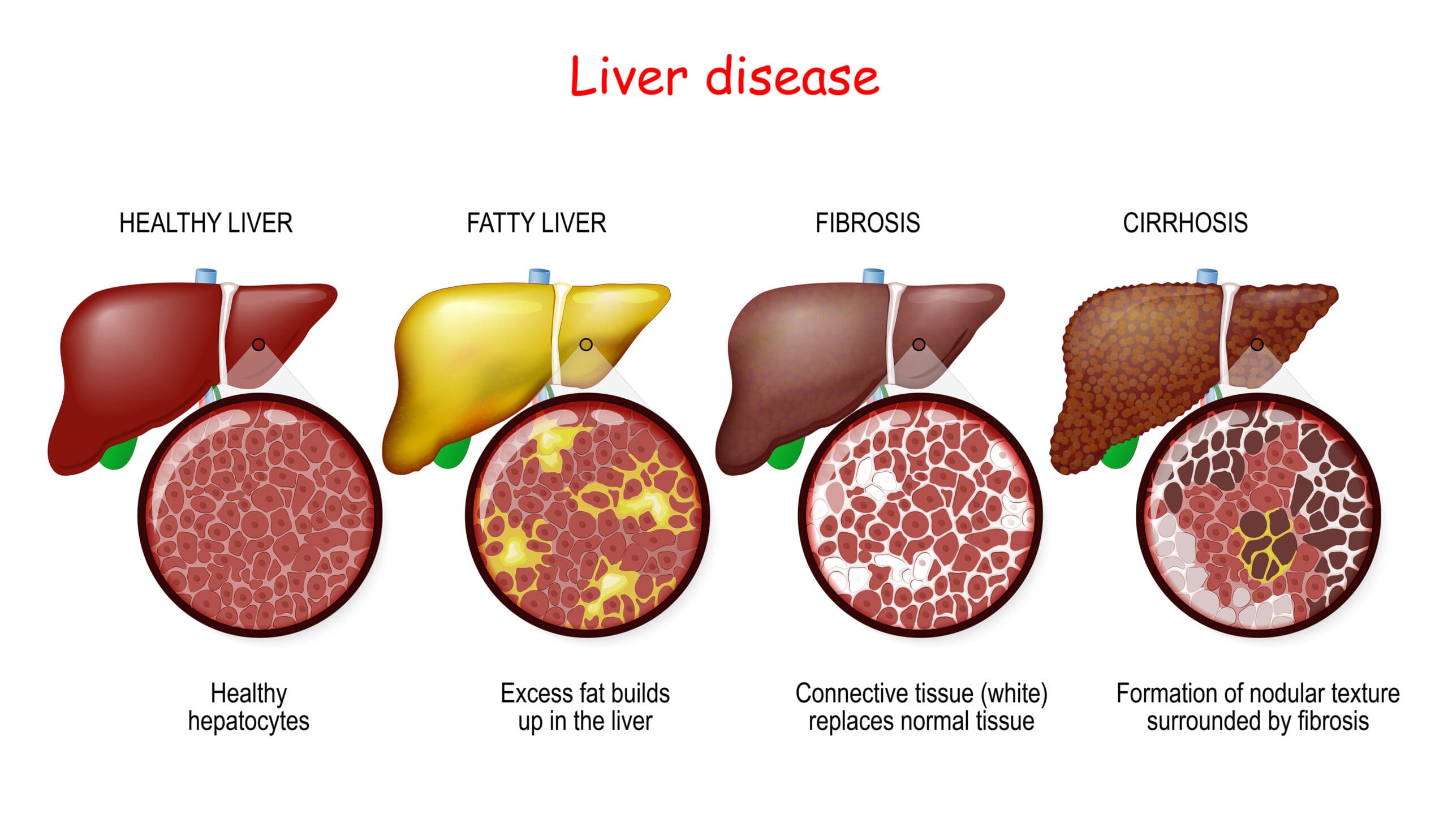
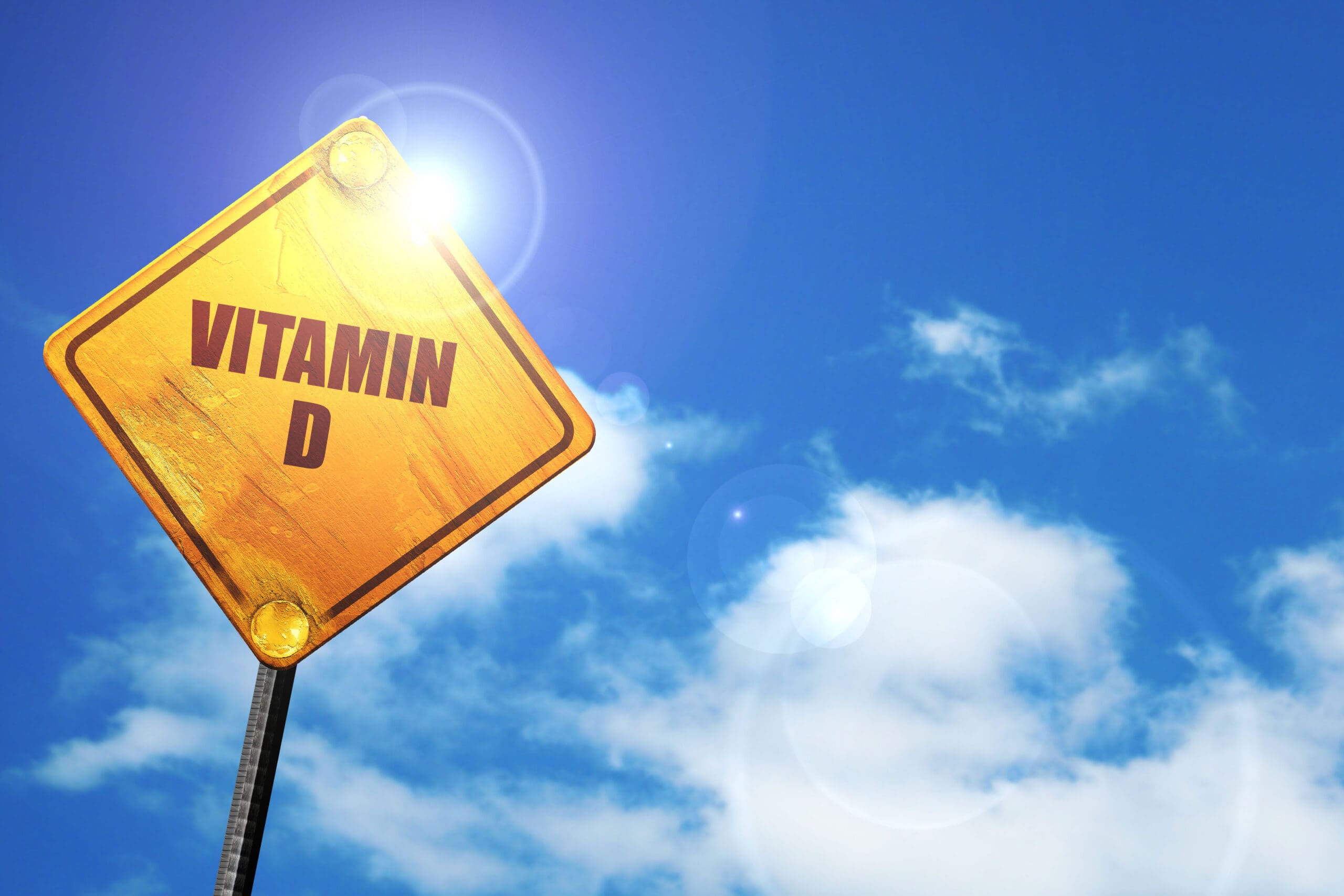
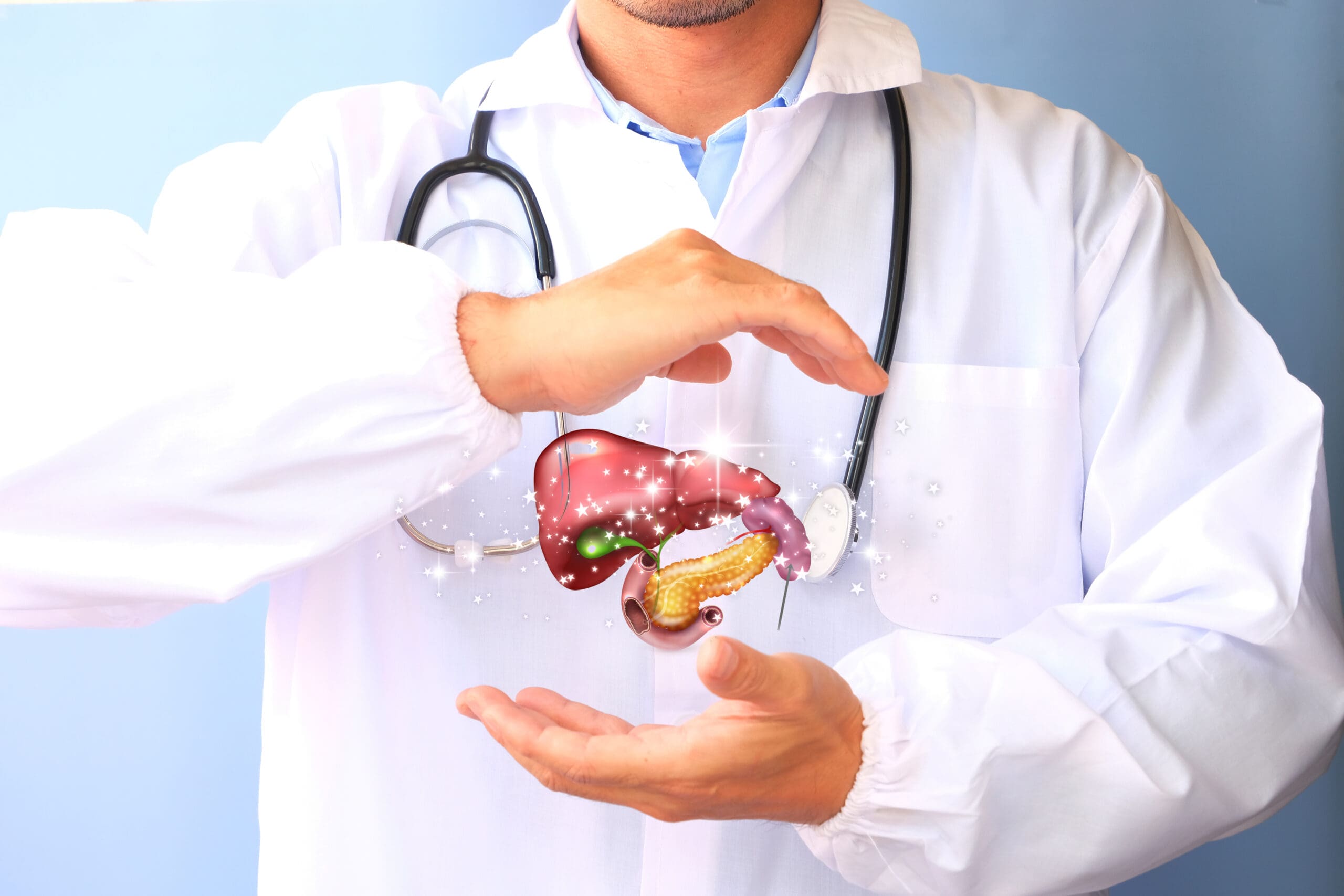
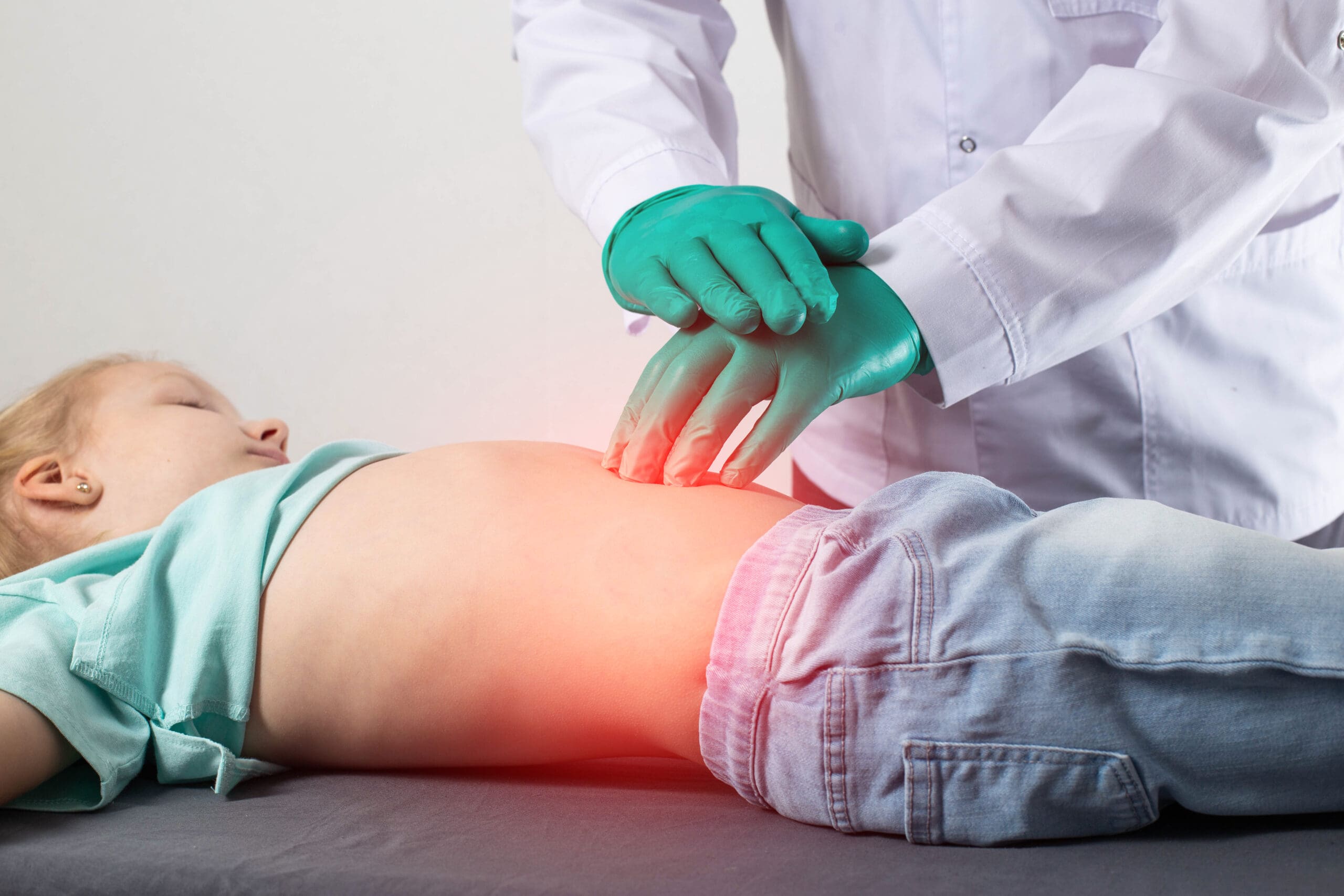
Leave A Comment